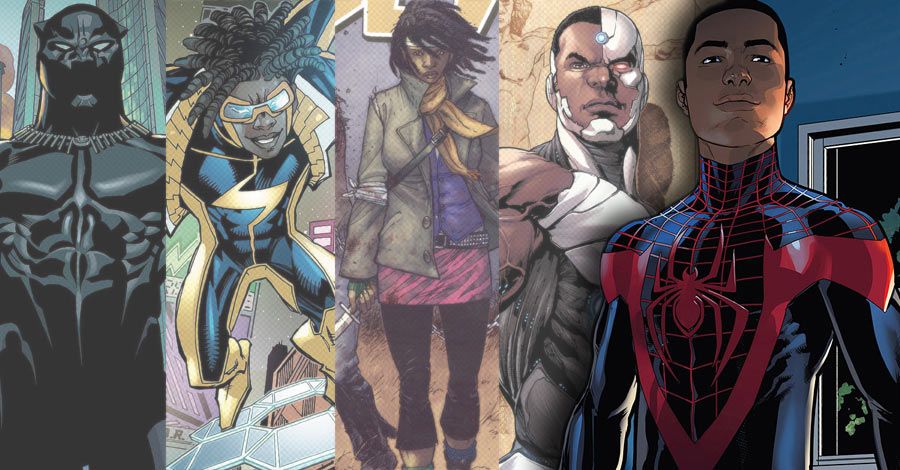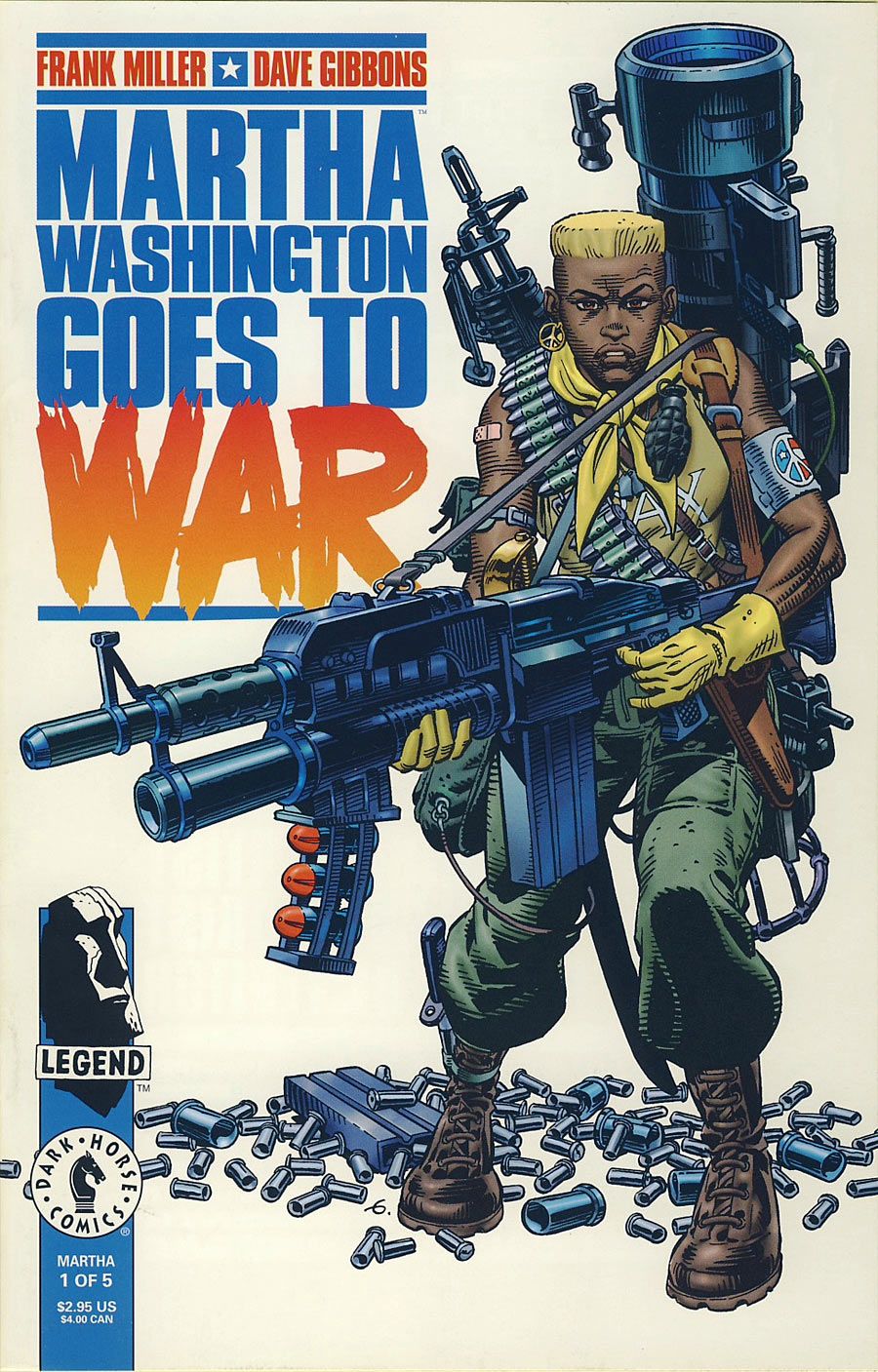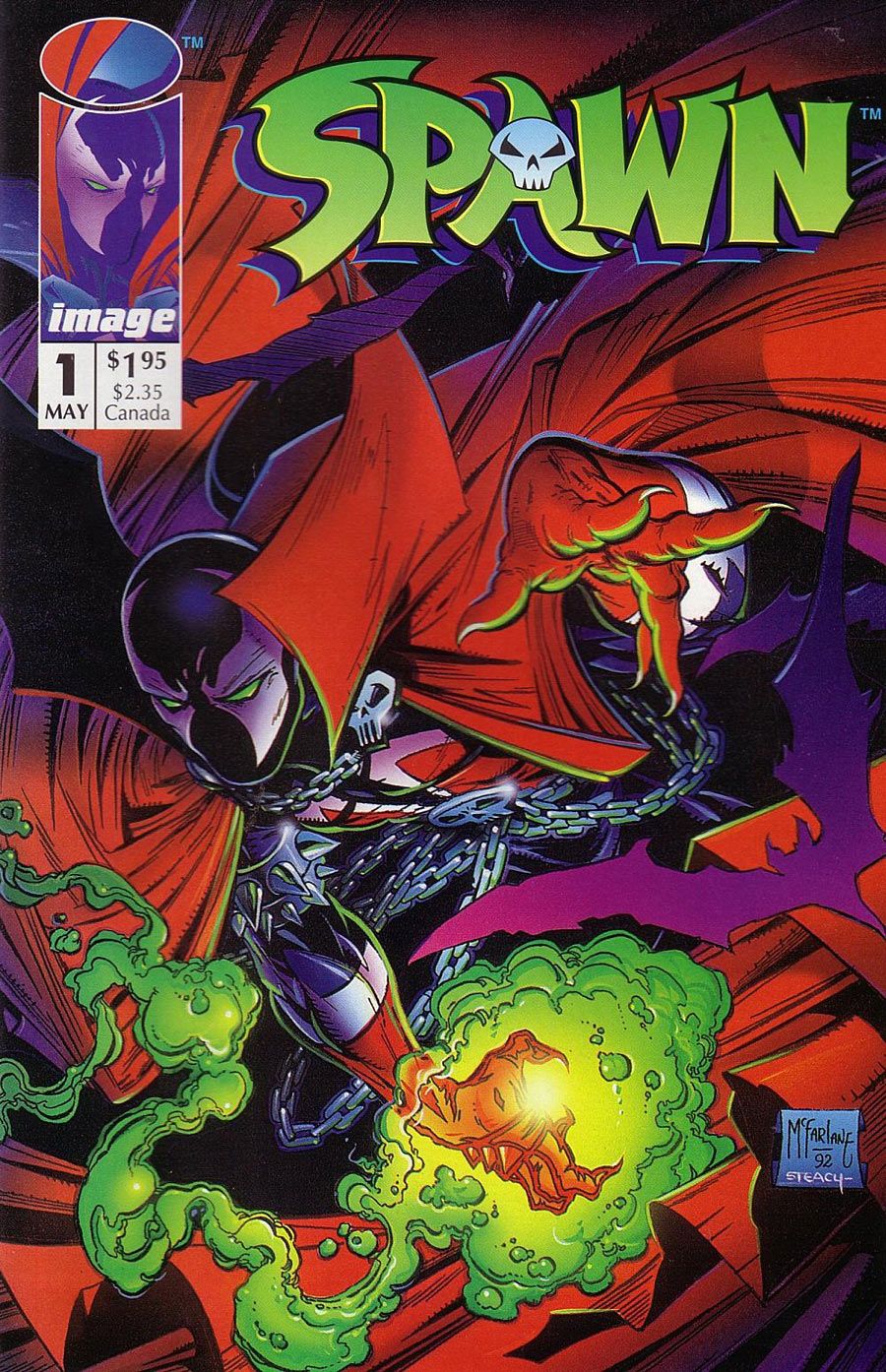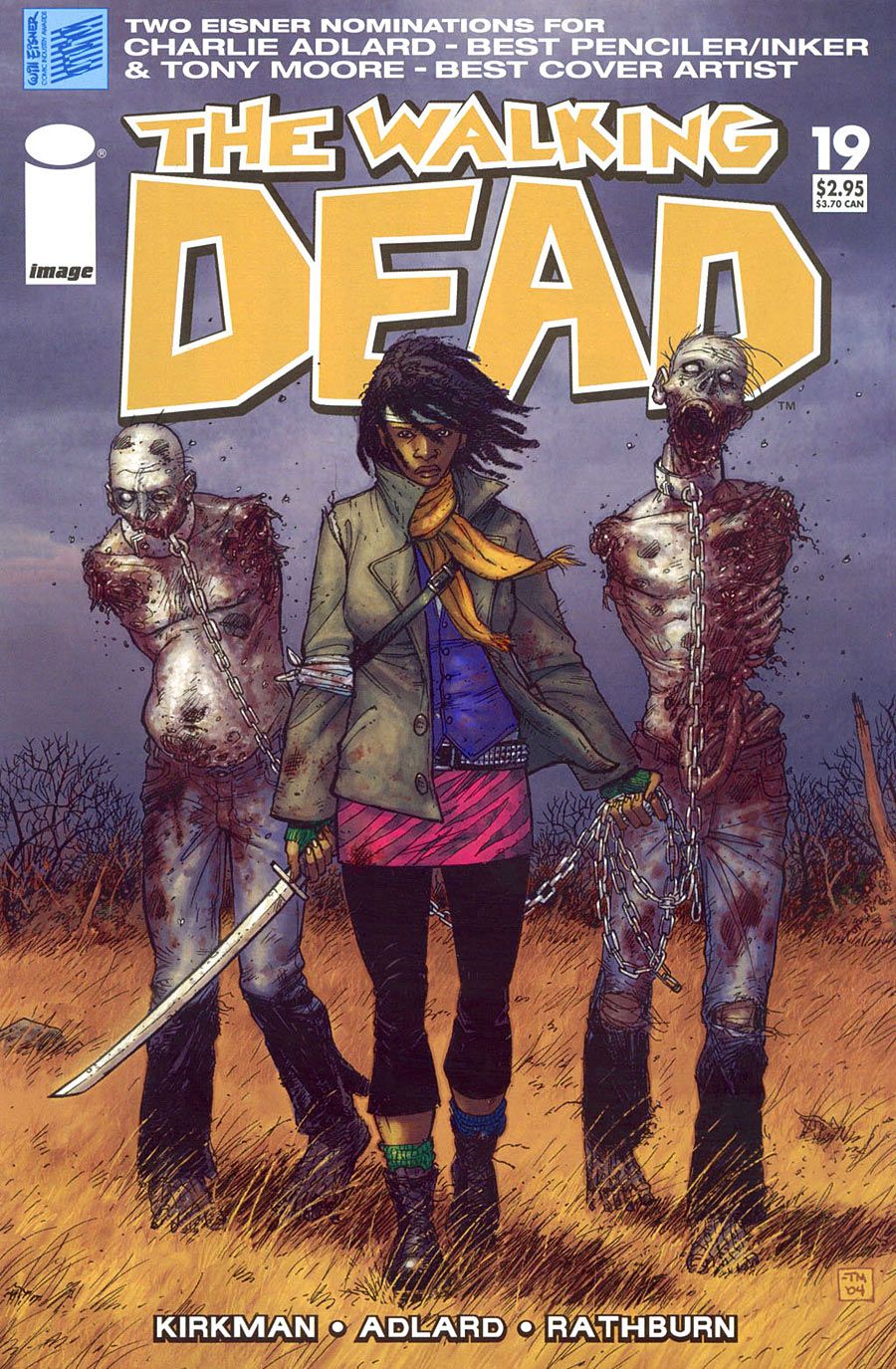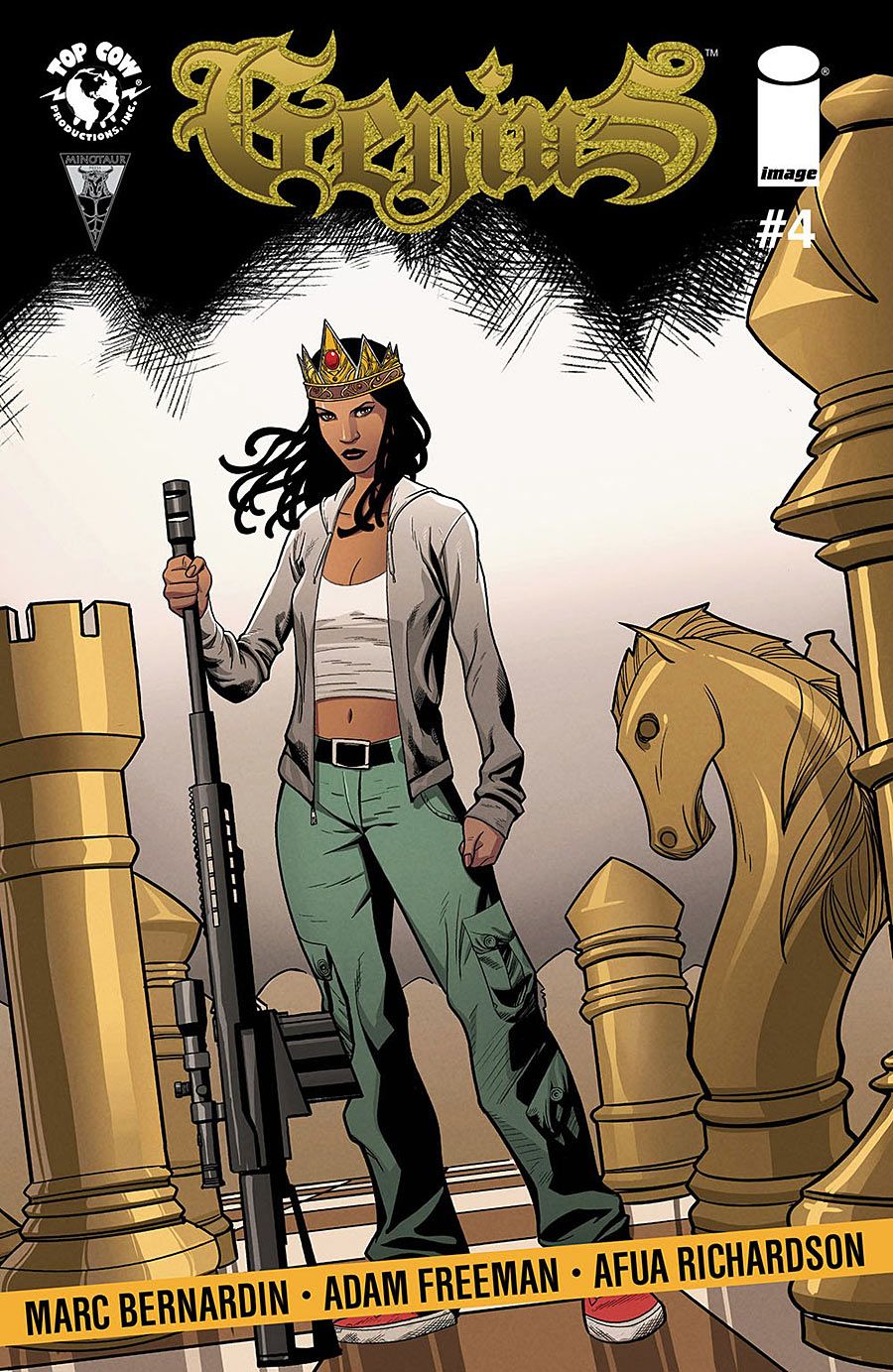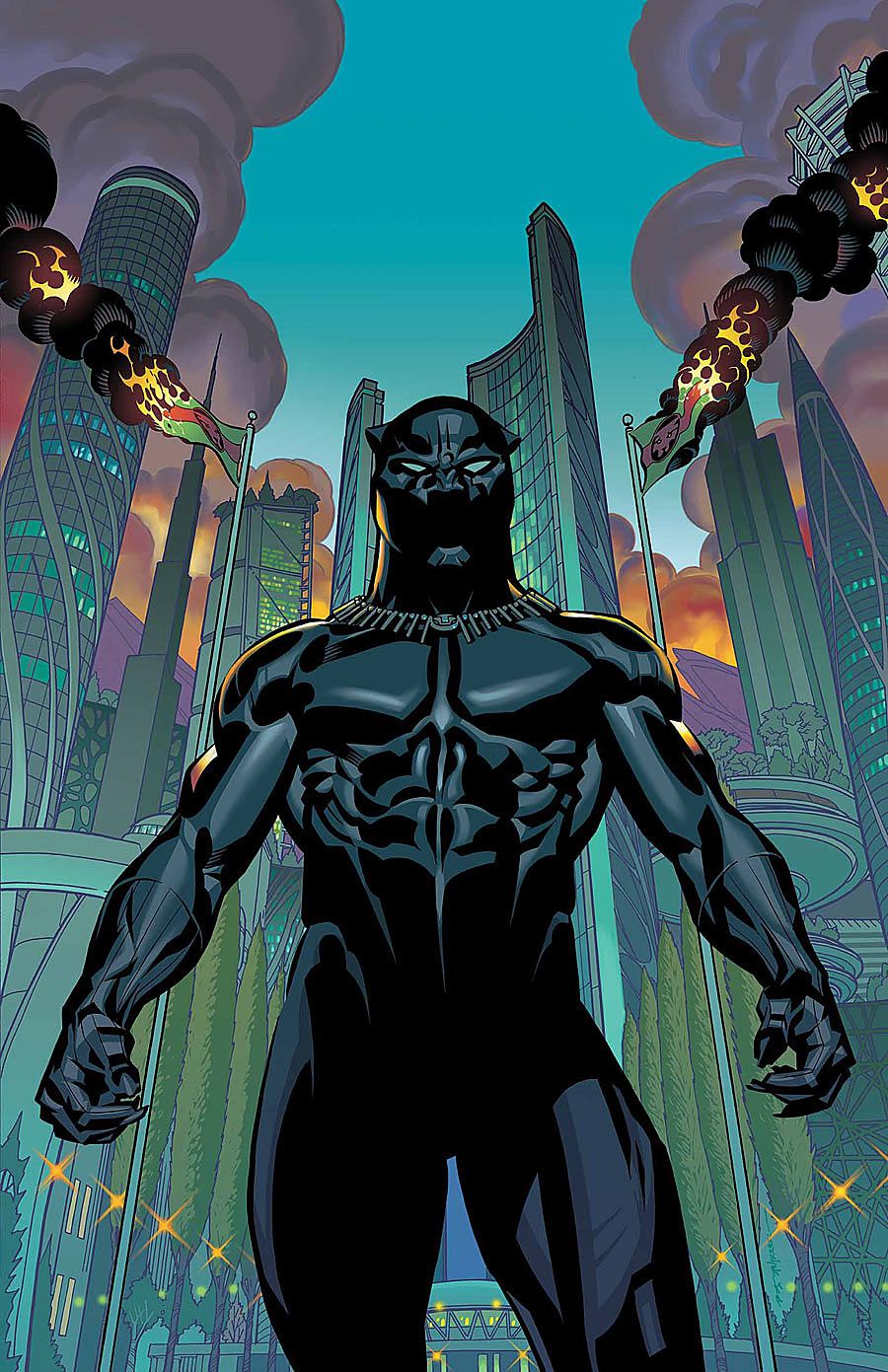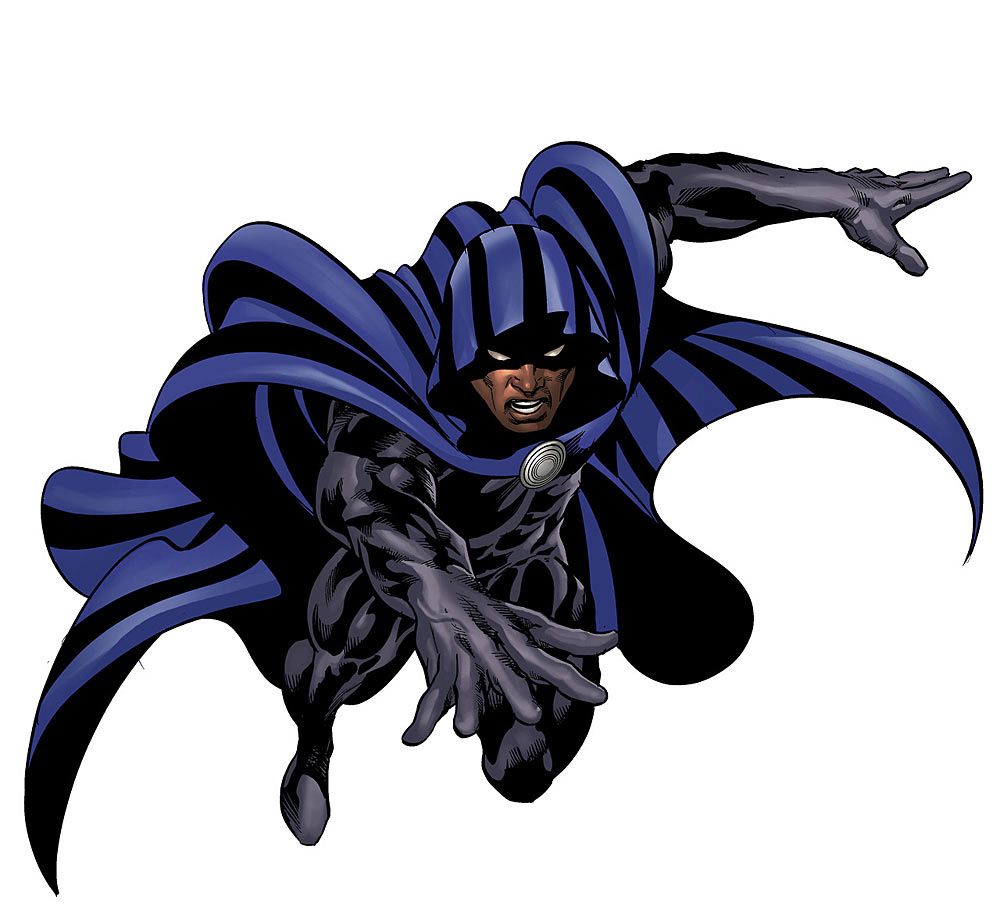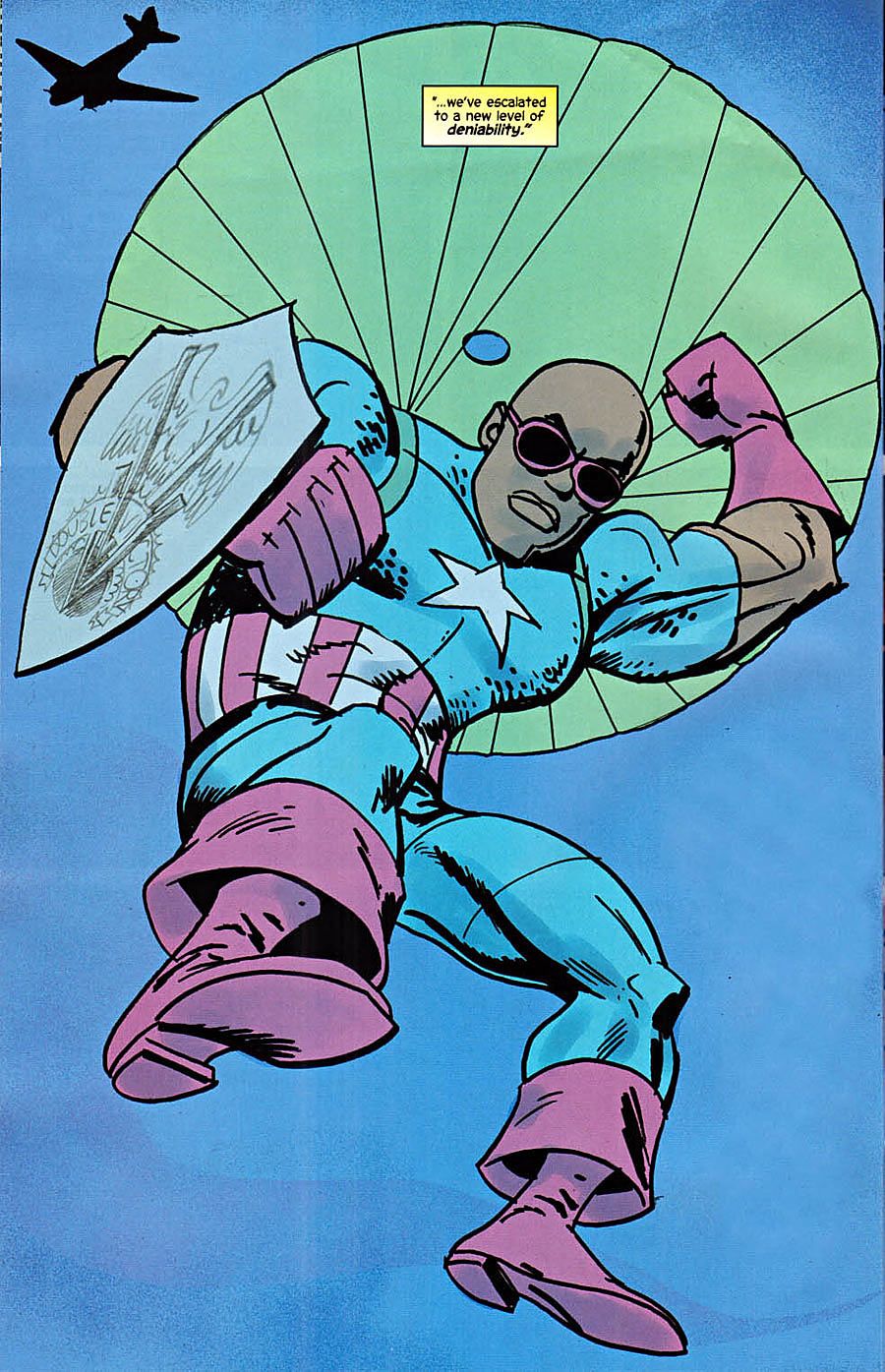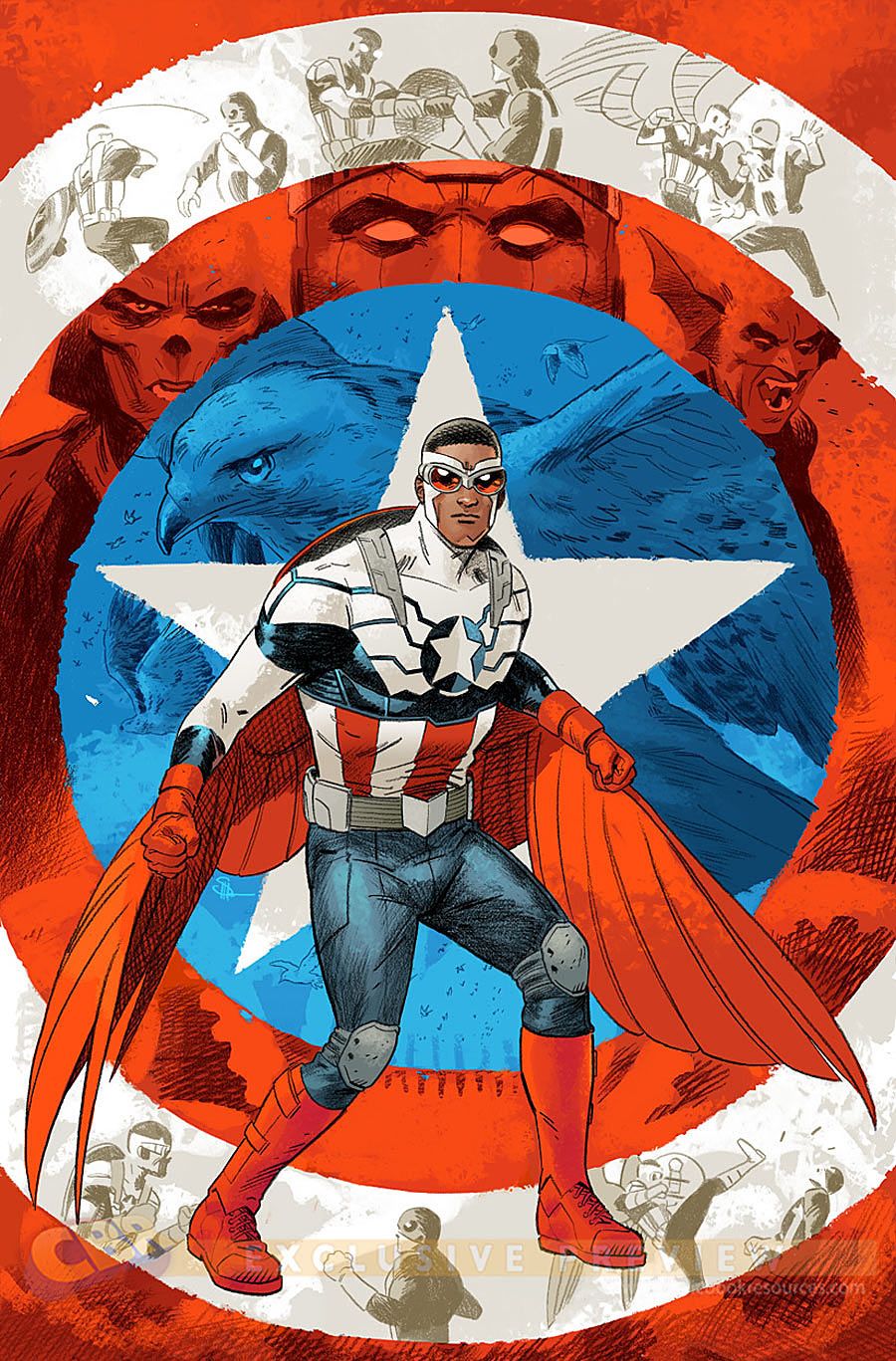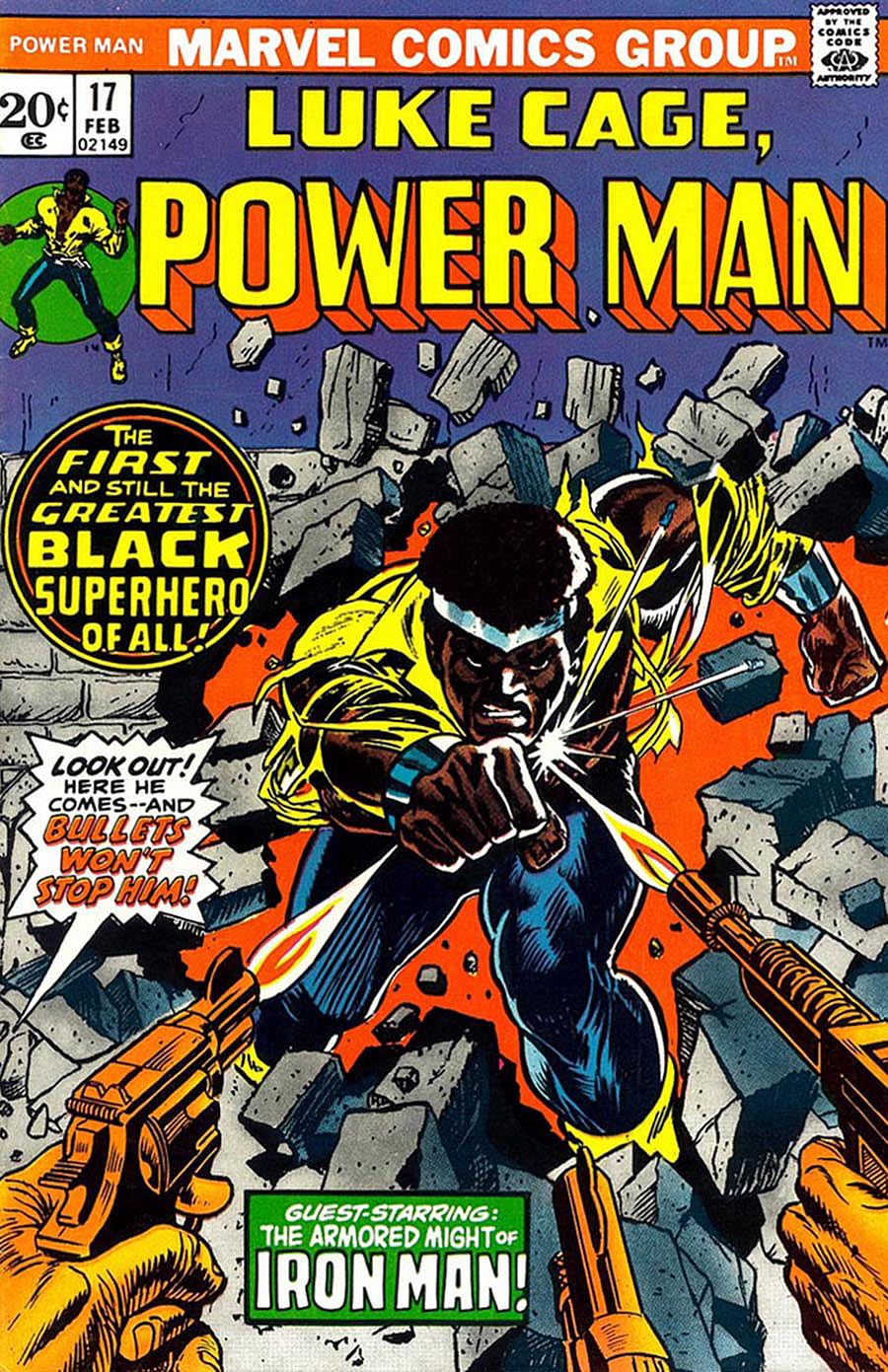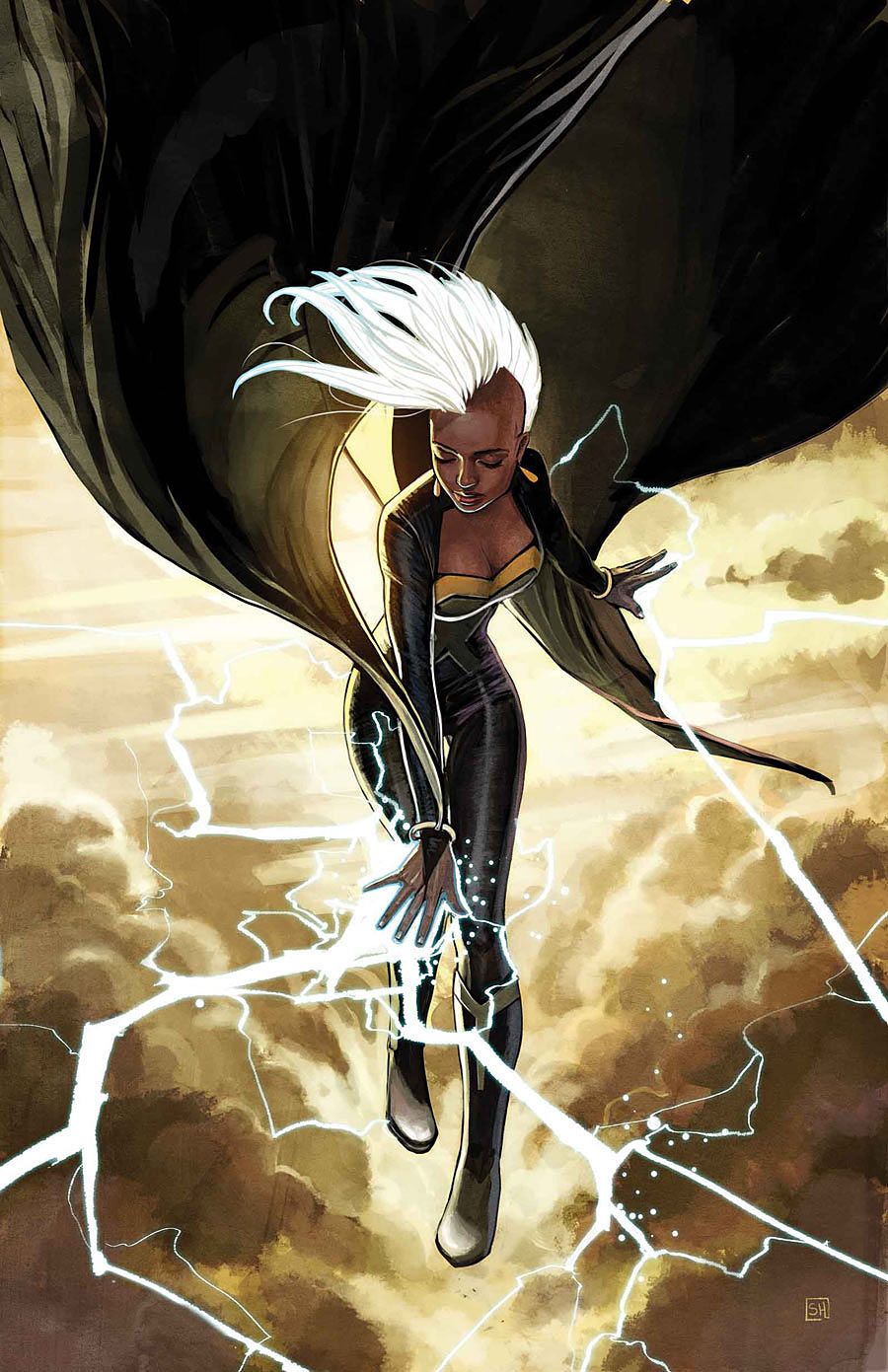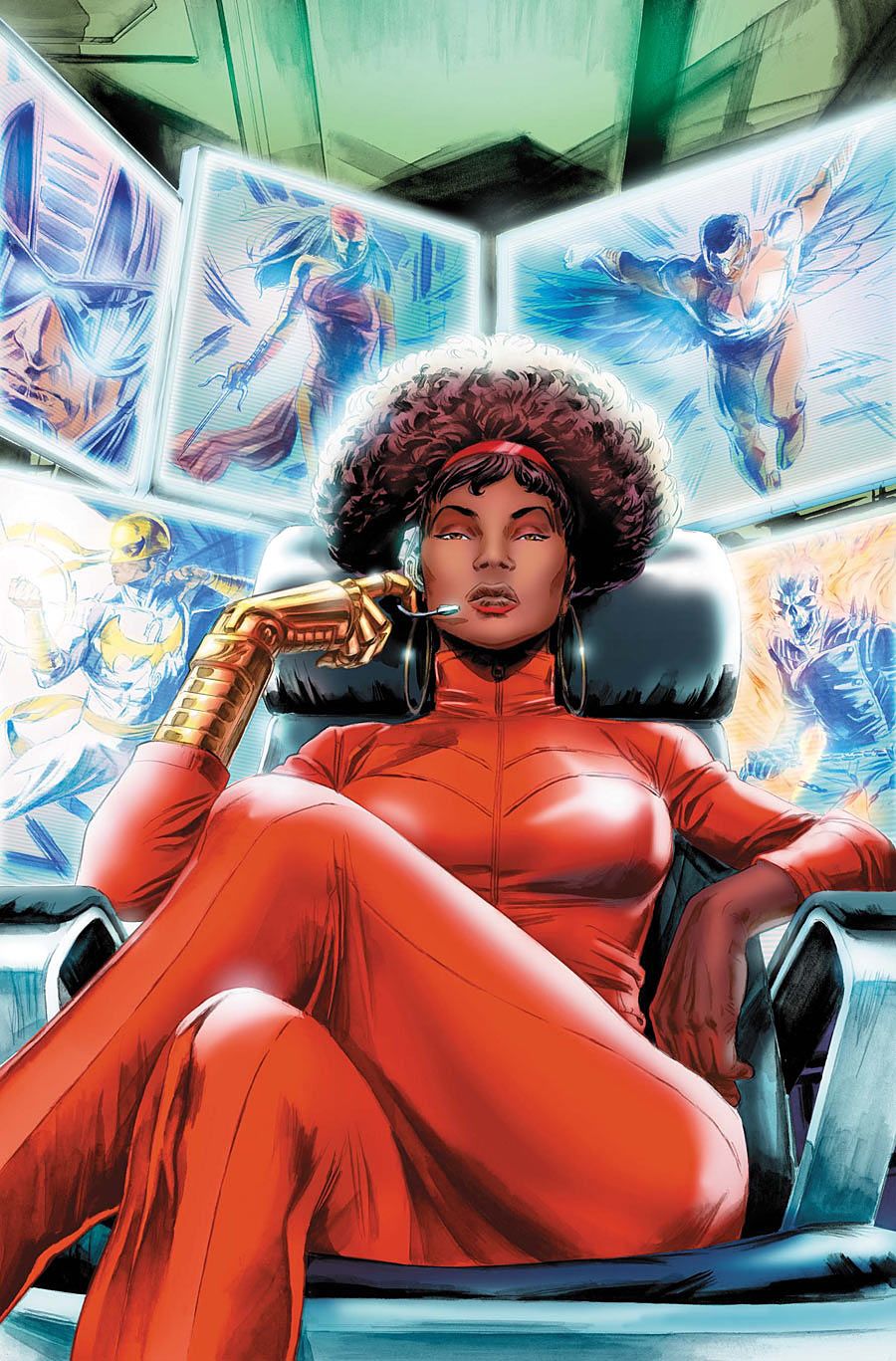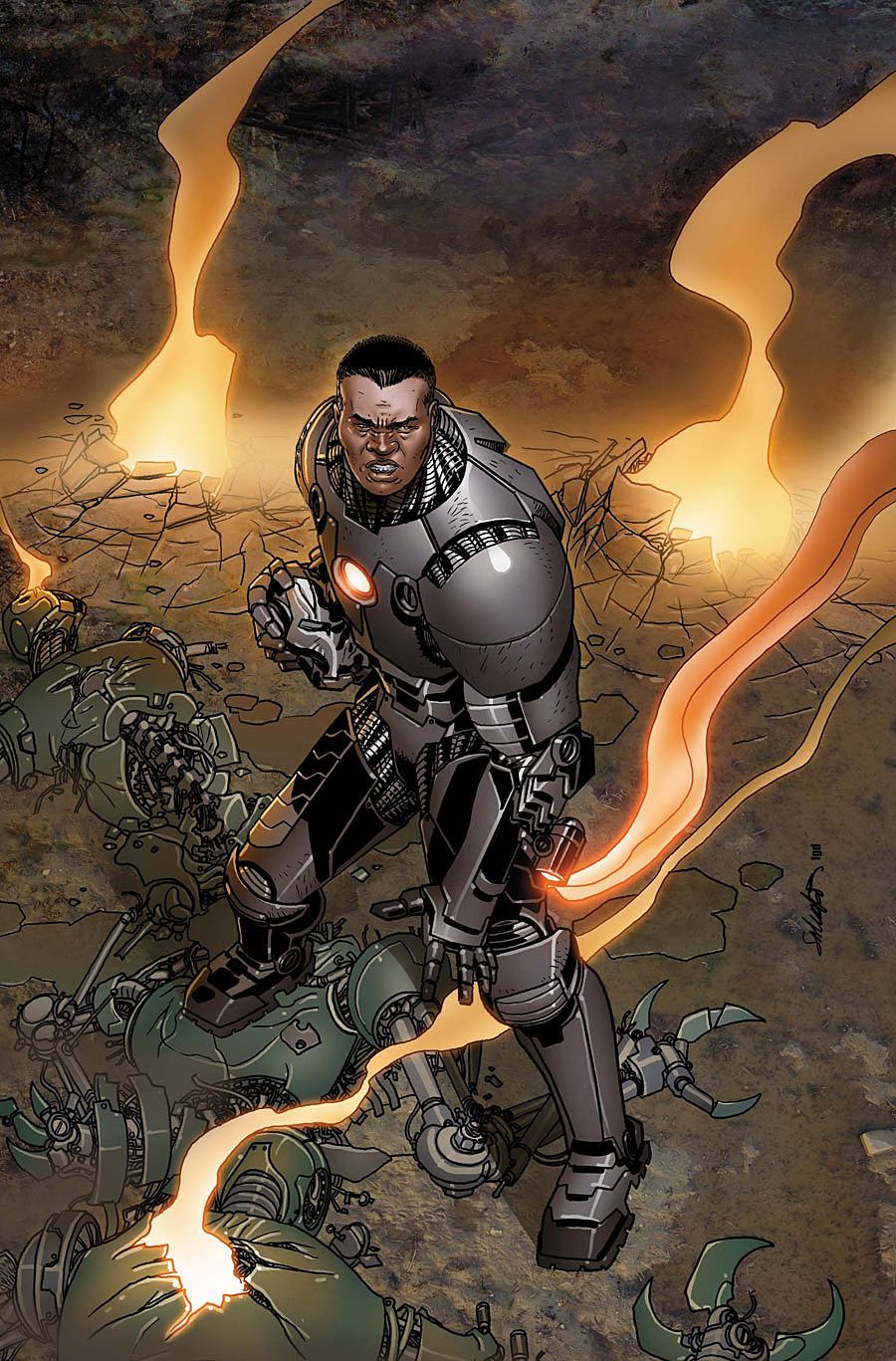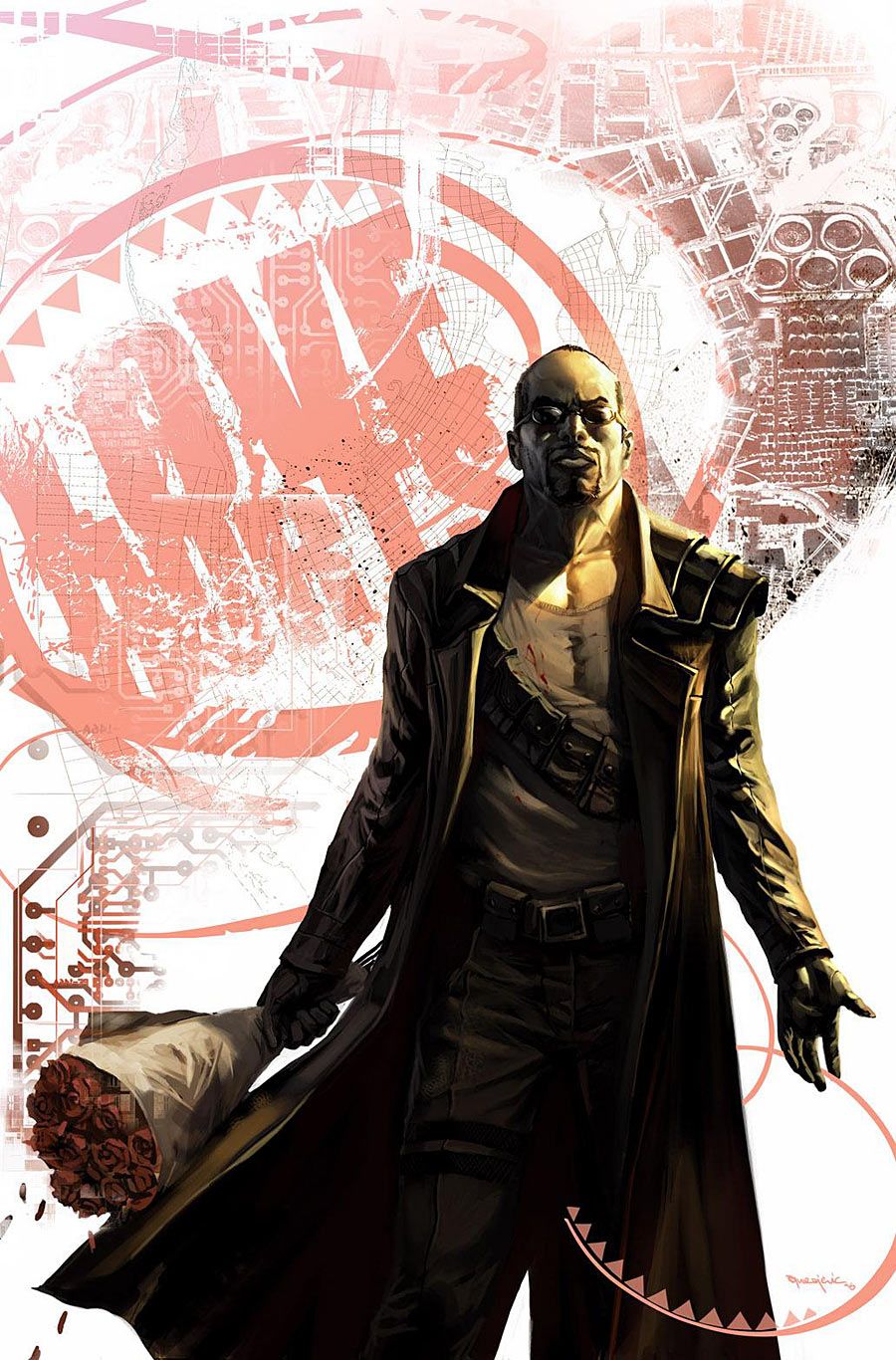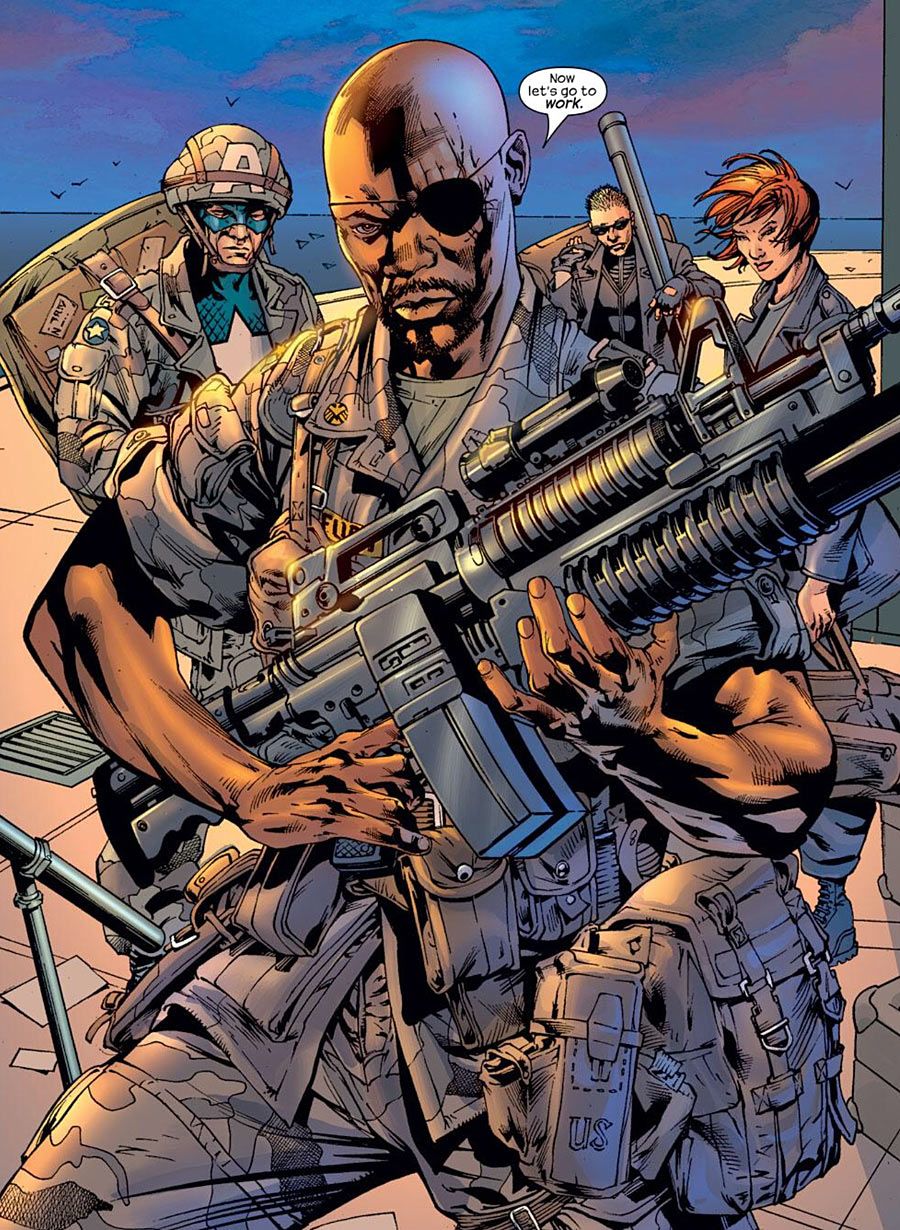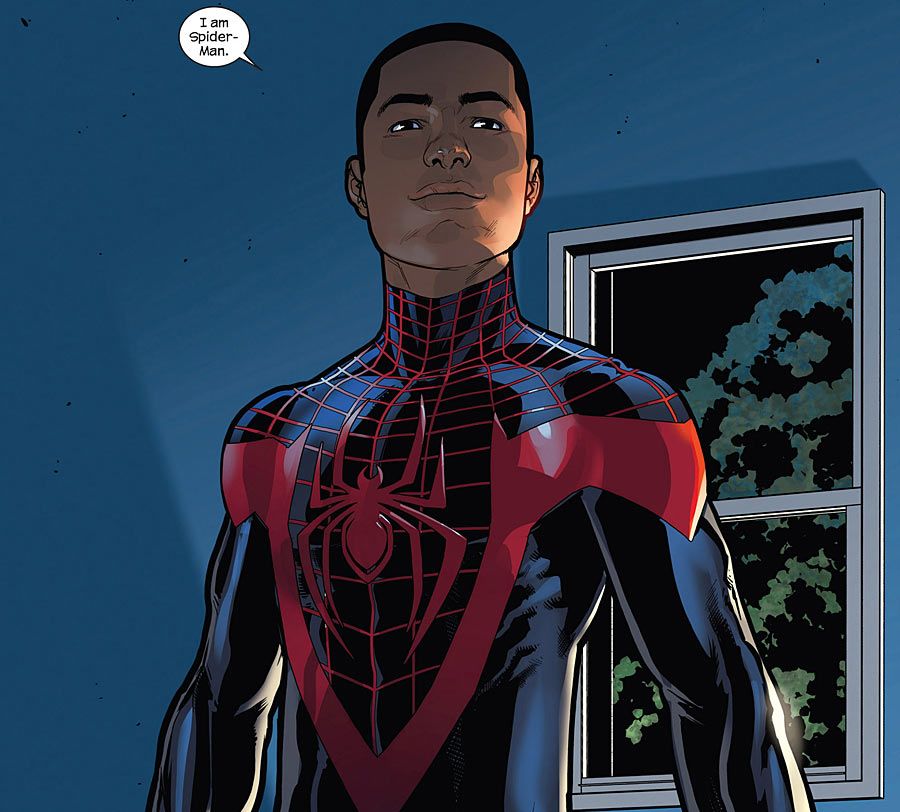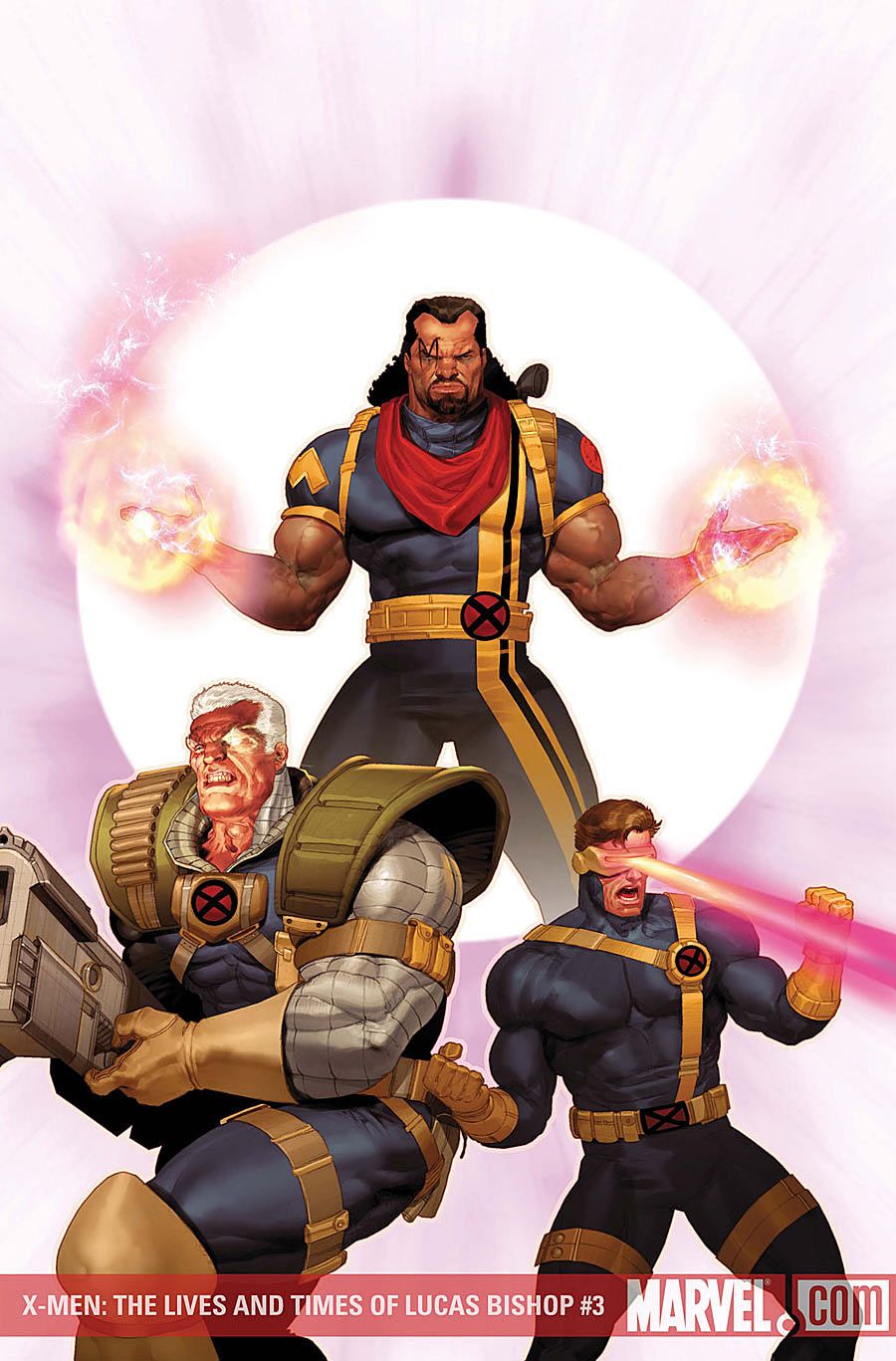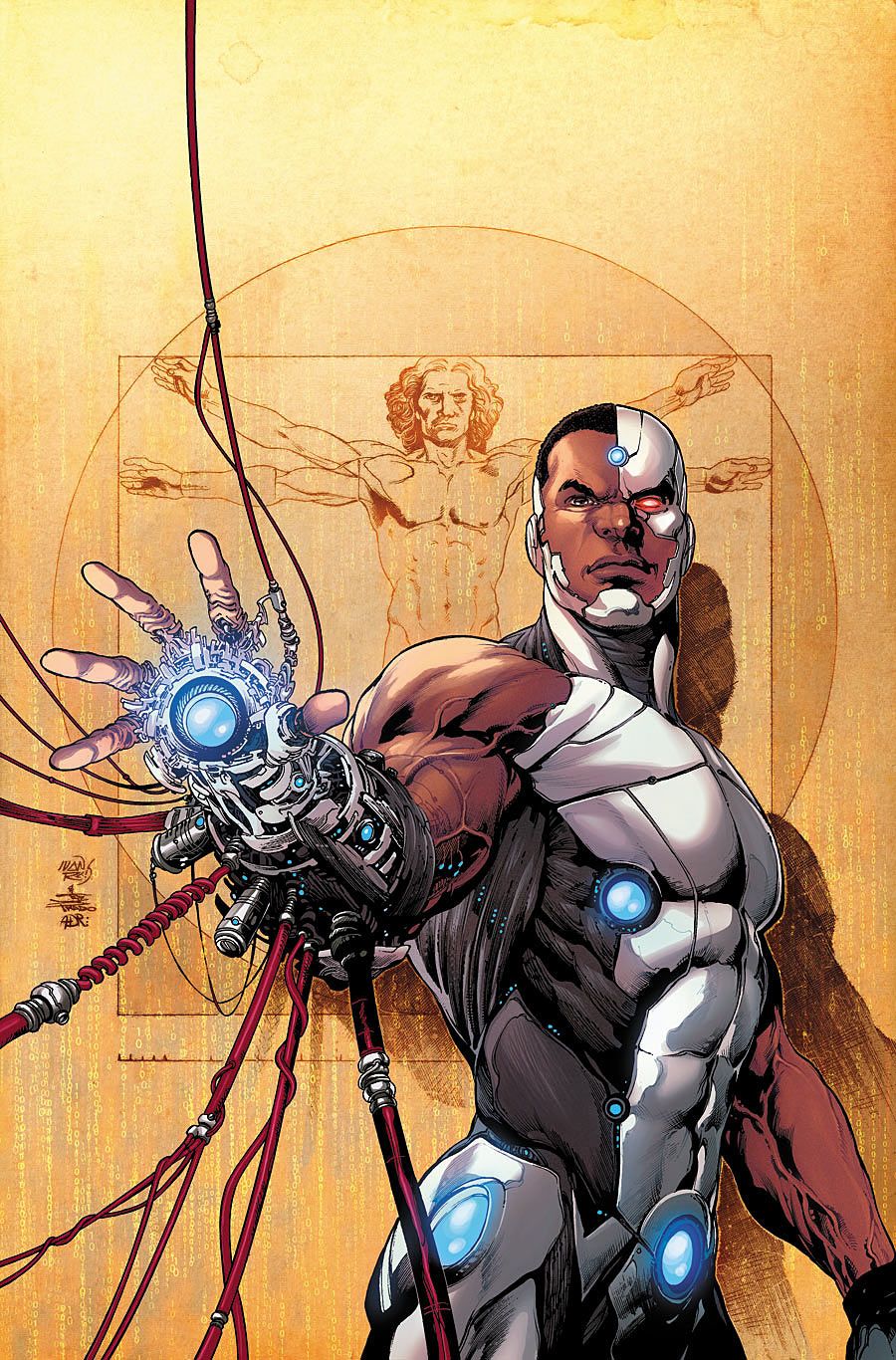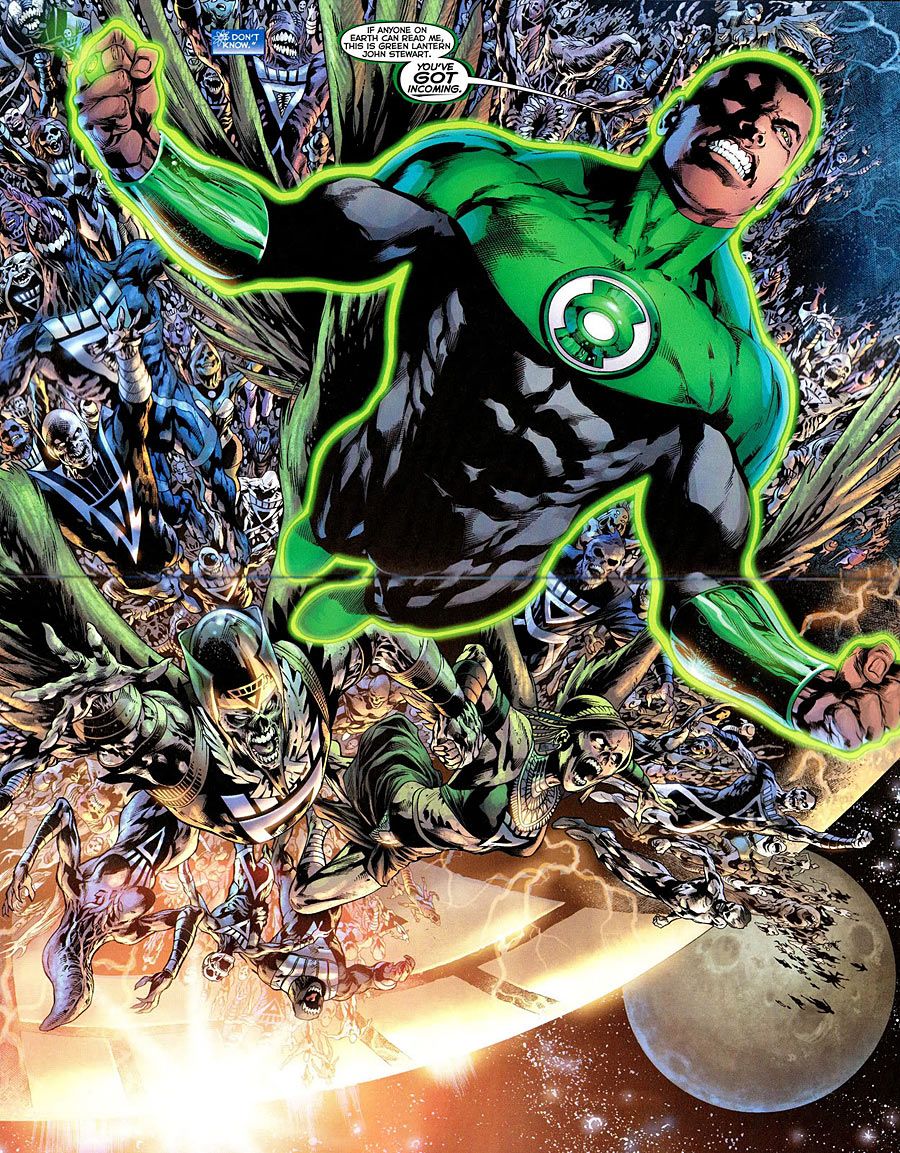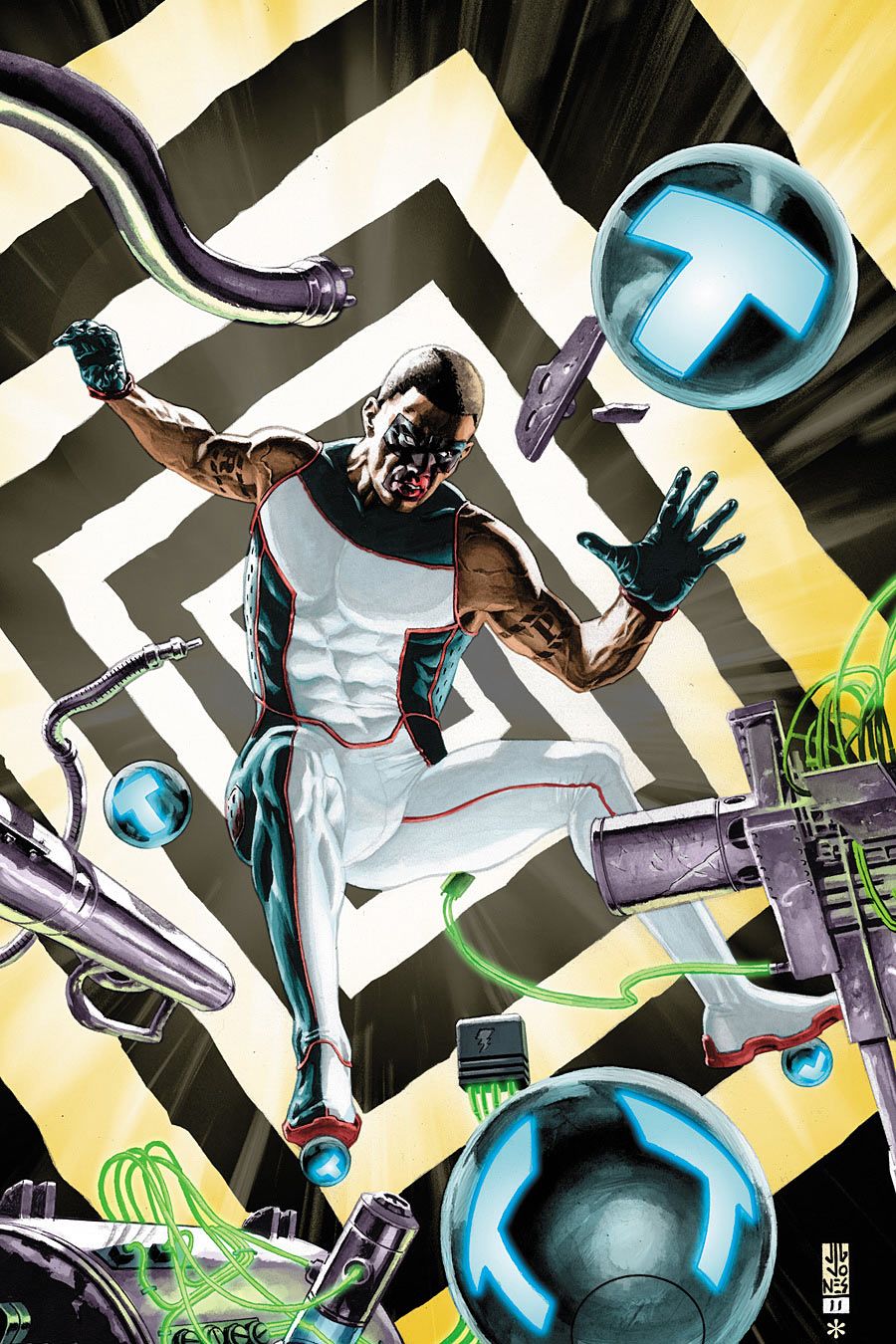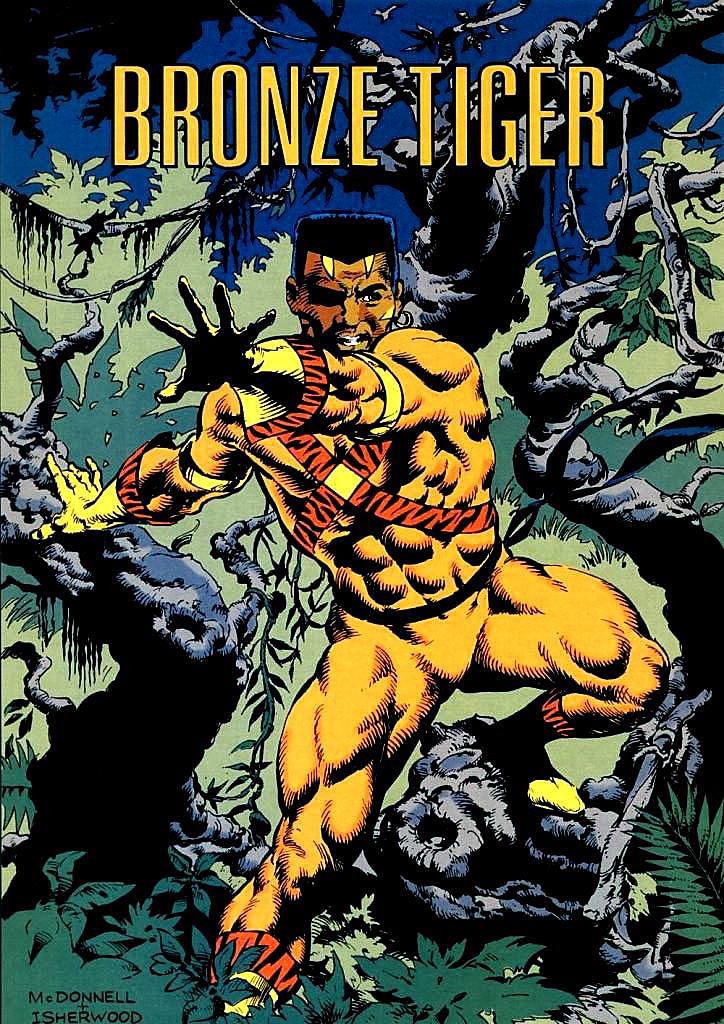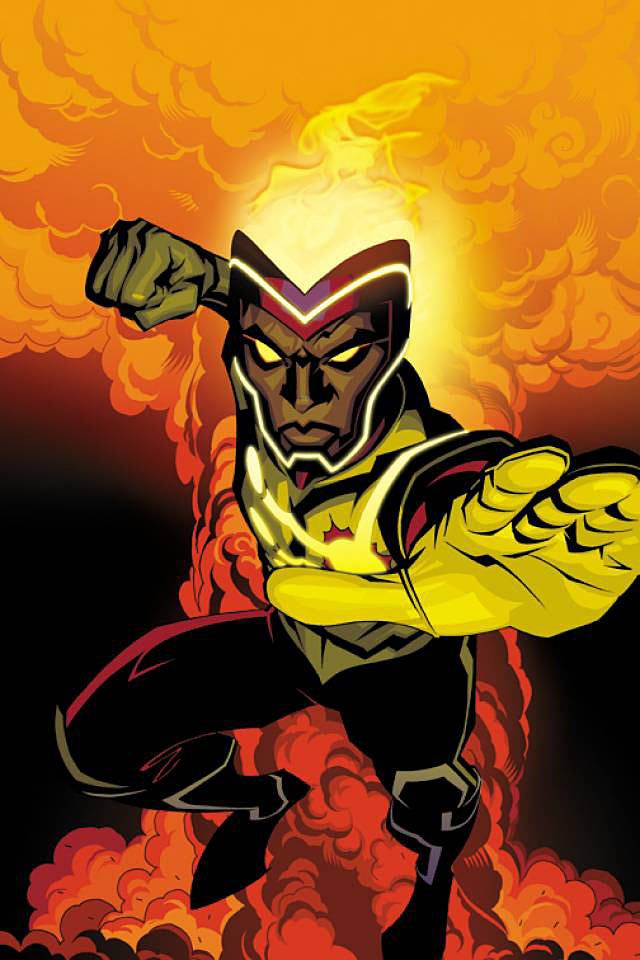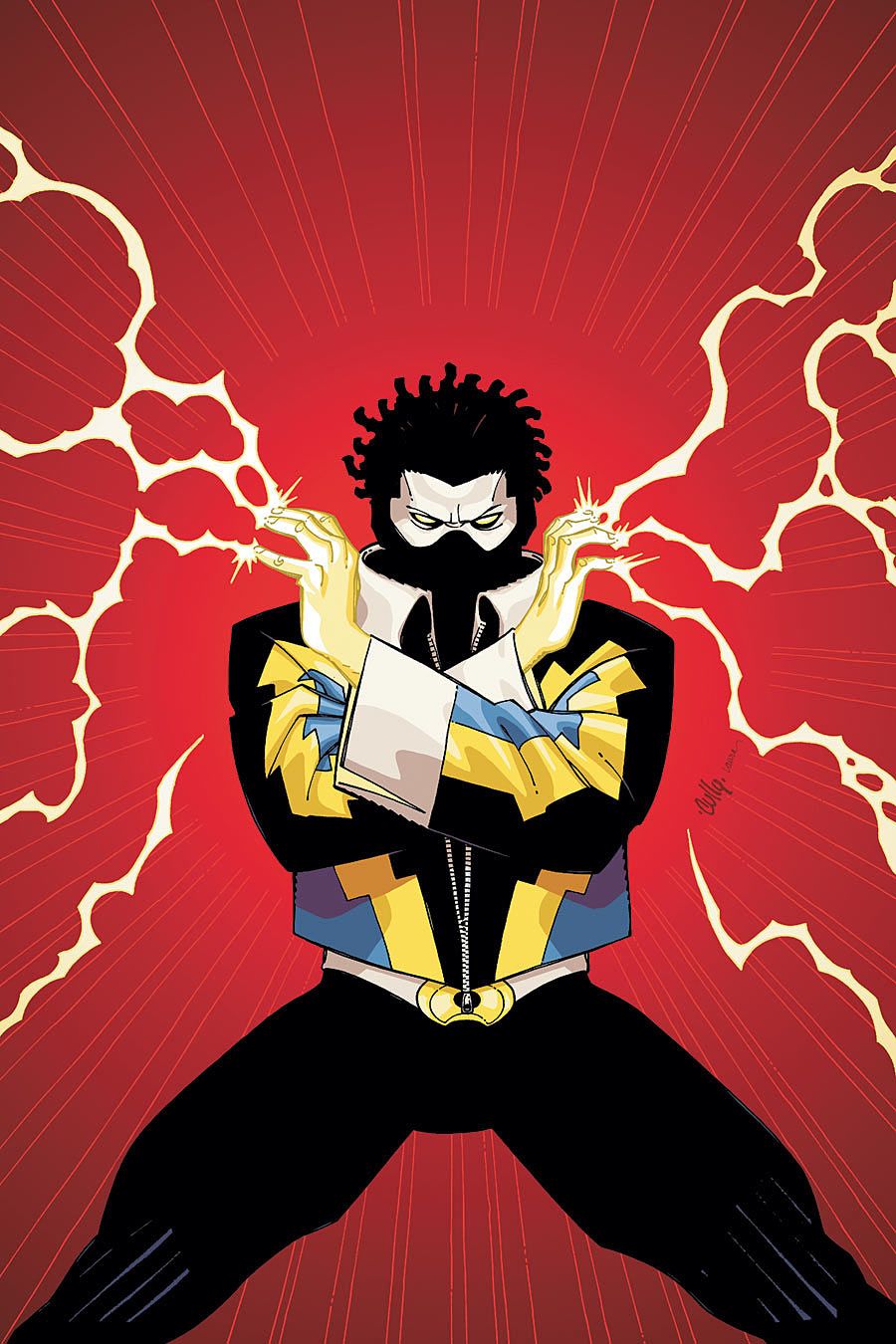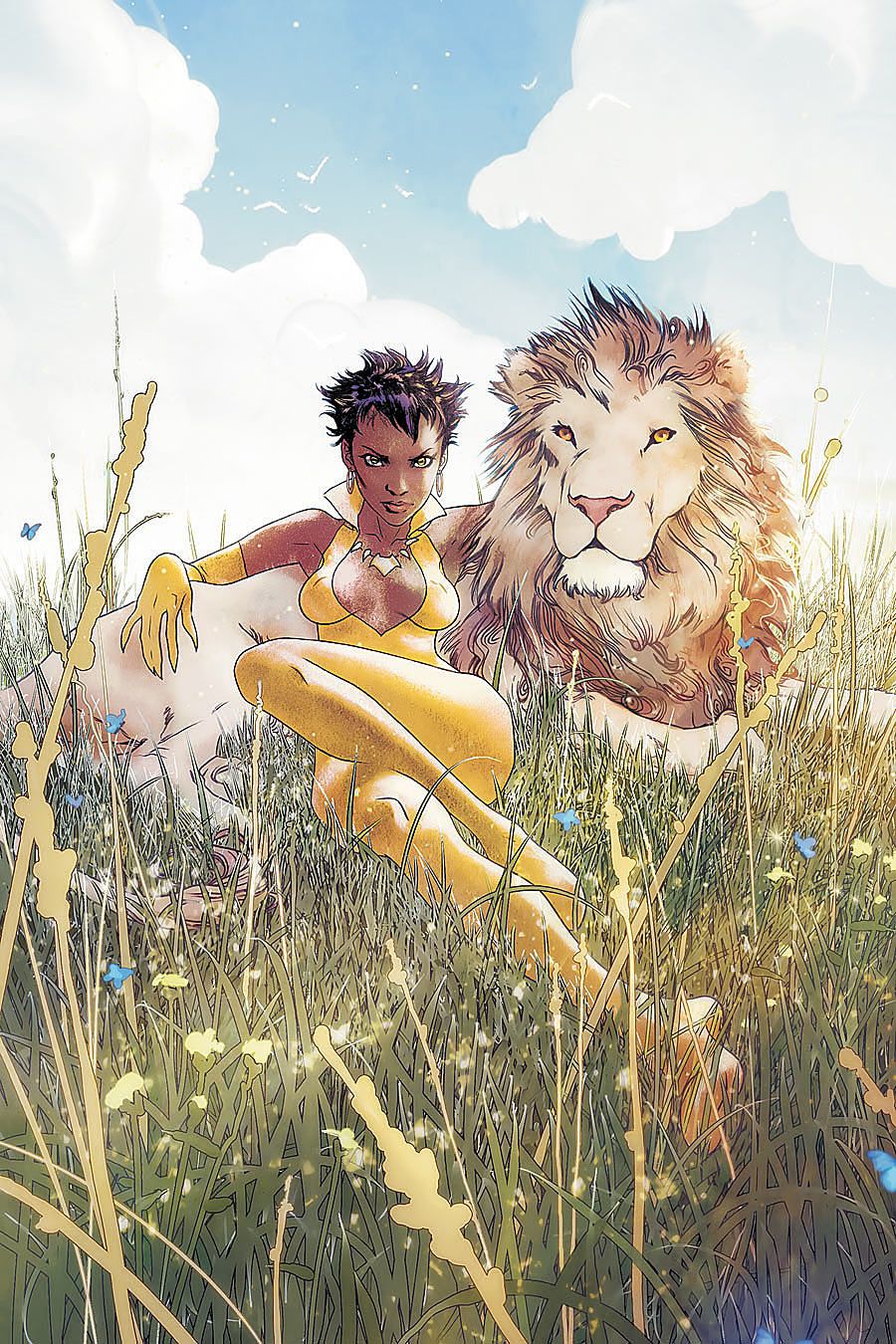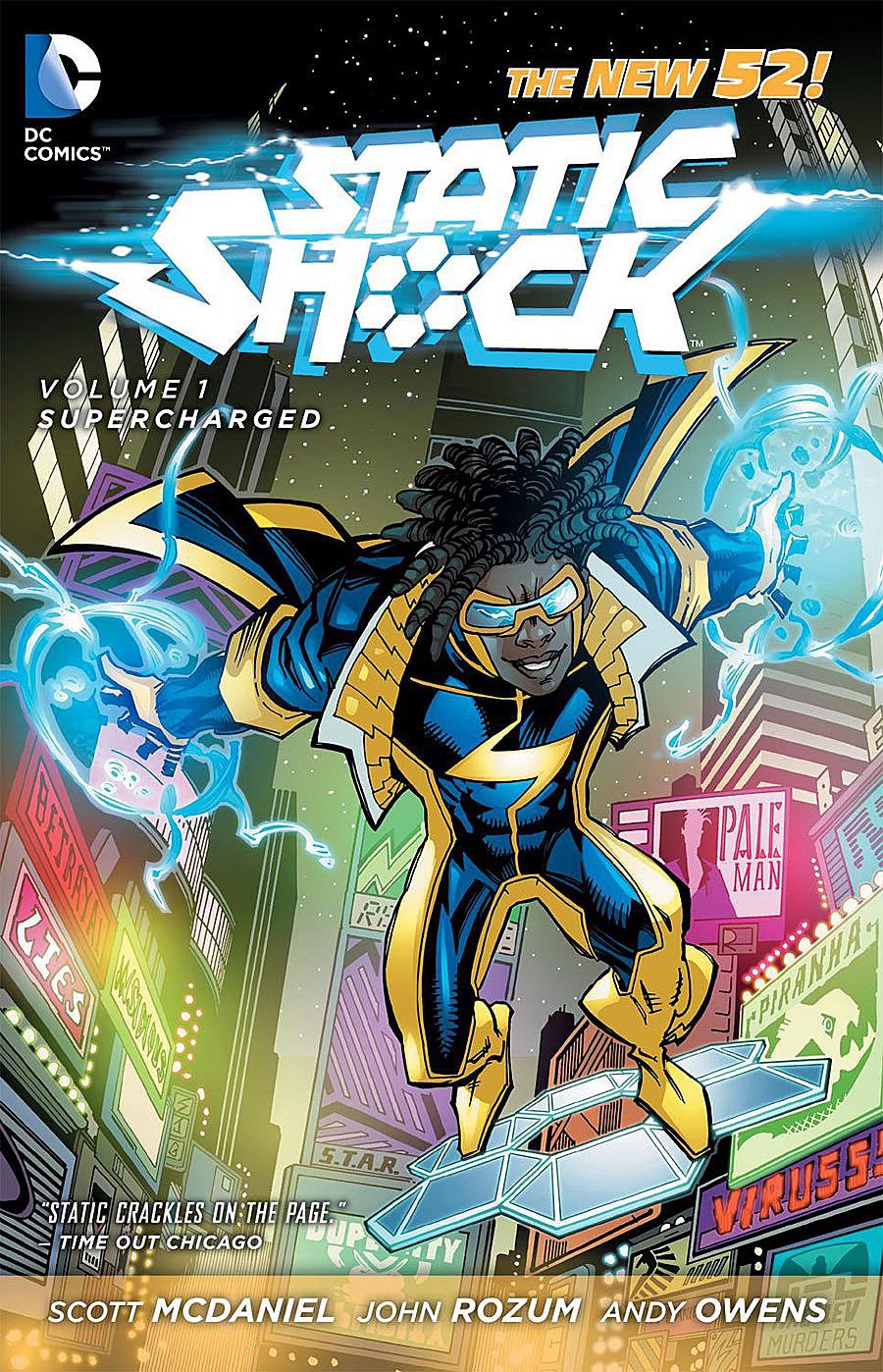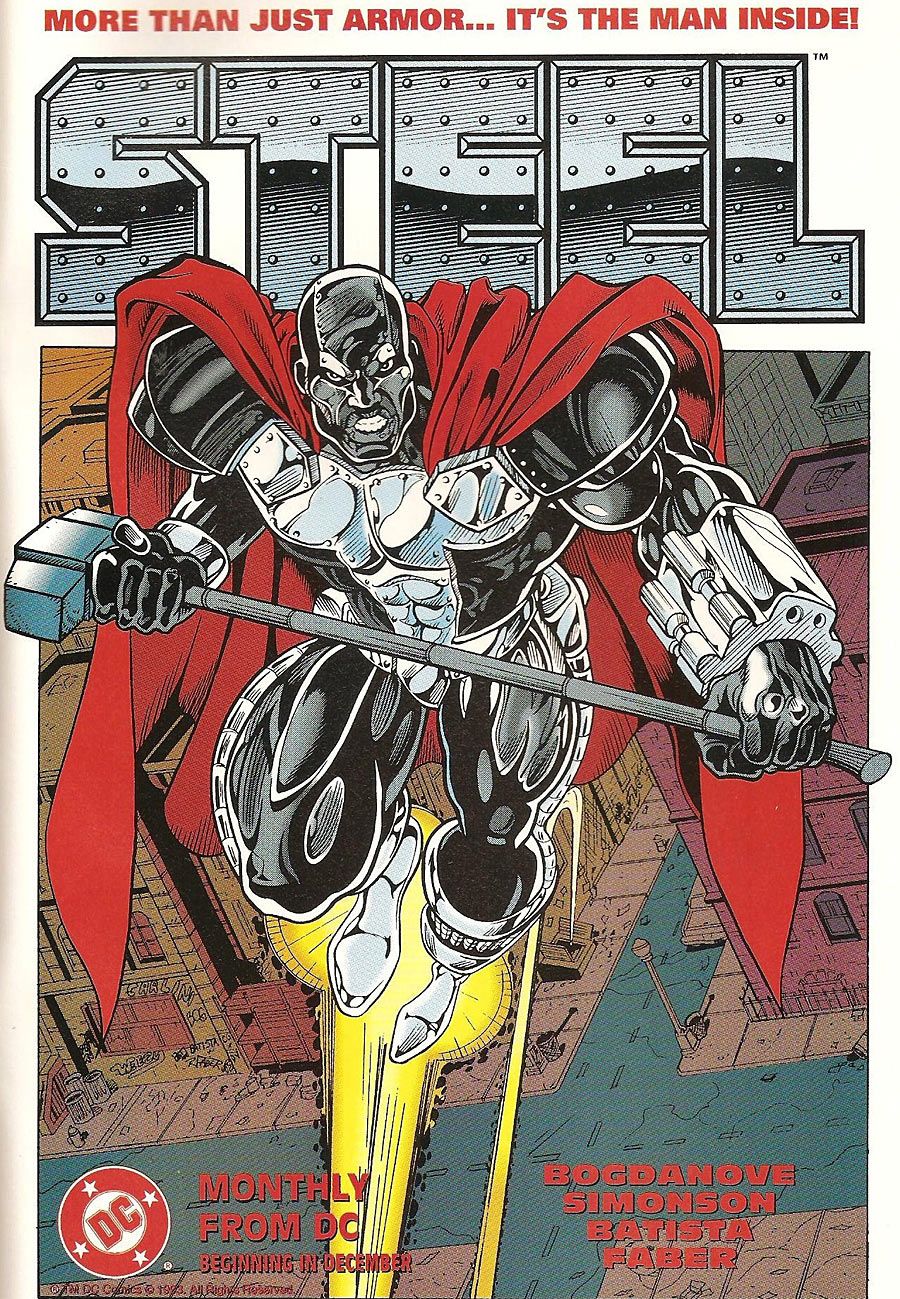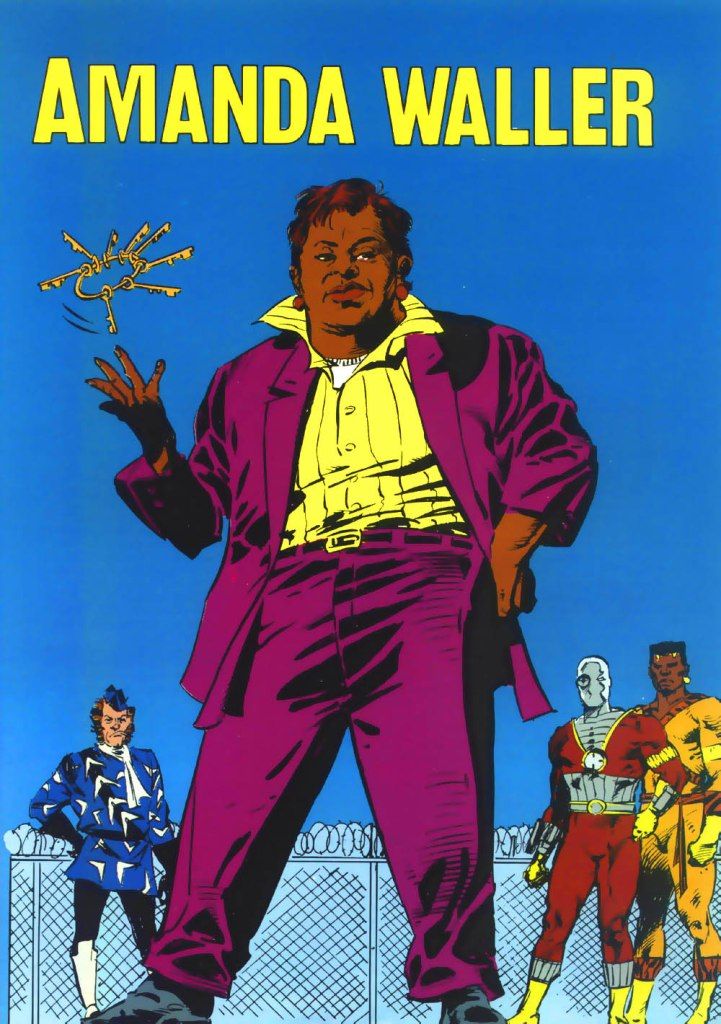EDITOR'S NOTE: The title has been changed from 24 to 26 characters. The list expanded during editing and we added additional entries.
In the early days of North American comics, Black characters were generally absent or worse; poorly depicted, more often portrayed as hurtful stereotypes than as intelligent heroes. By the time the Civil Rights movement took hold in the 1960s, things began to get better, though ongoing issues with representation persist to this day. Over the decades, numerous important Black characters have been introduced in mainstream comic books, with their stories becoming integral parts of the medium's history.
RELATED: CSBG Celebrates African-American Comics
In 1965, Dell Comics' Western hero Lobo became the first Black hero to headline his own solo title, and in 2016 characters like Sam Wilson (the current Captain America) and Cyborg star in prominent monthly series at Marvel and DC Comics. While this is not a comprehensive list of every significant Black comics character, here's a look at two dozen of the most impactful, from various publishers and genres.
Martha Washington
First appearance" Give Me Liberty" #1 (1990)
Created by Frank Miller, Dave Gibbons
Martha Washington may very well be Miller and Gibbons' greatest creation. A young woman born into a crumbling satirical dystopian future, Washington's story details how she became a champion of the downtrodden. Through a number of miniseries and one-shots, Miller and Gibbons tracked the life of the brave young woman who epitomized the spirit of dignity and equality, even in the hellish future society she was born into. Washington is a reminder that one person can truly make a difference, even in the ugliest of worlds.
Spawn
First appearance "Spawn" #1 (May 1992)
Created by Todd McFarlane
Part horror icon, part superhero, the introduction and massive popularity of Spawn helped change the comics industry as McFarlane's first and most impactful Image Comics creation. Once known as Al Simmons, the horribly deformed Spawn was damned to walk the Earth, forever apart from the humanity he protected. A former mercenary, Simmons had to pay for his past misdeeds by fighting for the innocents who lived in the world of the light, a world he could never be a part of.
Michonne
First appearance "The Walking Dead" #19 (2005)
Created by Robert Kirkman and Charlie Adlard
A zombie killing, modern day samurai, Michonne has arguably become the most iconic Black female character in modern comics. Her popularity, both in Image's "The Walking Dead" comic and on AMC's TV series, has made this sword-wielding woman of action a fan favorite character. Her tragic backstory, calculating demeanor and her fierce loyalty to her friends make Michonne one of the most interesting and multi-layered women in pop culture.
Destiny Ajaye
First Appearance "Pilot Season: Genius" #1 (2008)
Created by Marc Bernardin, Adam Freeman and Afua Richardson
At a young age, Destiny Ajaye developed a keen strategic mind that rivaled that of Sun Tsu. With her ability to inspire others, Destiny united the gangs of South Central Los Angeles to go up against a corrupt LAPD. Sadly, Destiny's work became all too real after the tragic events of Ferguson, Missouri, and Destiny went from a high concept character to a powerful modern day symbol that stood against marginalization and oppression. With stories of authoritarian corruption all too frequent these days, characters like Destiny mean more than ever.
Black Panther
First appearance "Fantastic Four" #52 (1966)
Created by Stan Lee and Jack Kirby
The king of the advanced African nation of Wakanda, the Black Panther debuted in 1966 as a fully-realized character, one with a rich backstory and a world of story potential. From the start, T'Challa has been presented as every bit an equal, if not superior, to his superheroic counterparts. A proud ally of the Fantastic Four and the first Black member of the Avengers, Black Panther is now poised to introduce himself to a whole new audience in "Captain America: Civil War" before headlining his own Marvel Studios film.
Cloak
First appearance "Peter Parker, the Spectacular Spider-Man" #64 (1982)
Created by Bill Mantlo and Ed Hannigan
A Black man headlining a comic alongside a white woman is no big deal now, but it was when Cloak and Dagger received their own series in in 1983. A runaway who was forcefully experimented on along with his future crime fighting partner, Cloak was cursed with becoming a portal to the Dark Dimension and must regularly be "fed" purifying light by Dagger, or risk devouring all around him. Arguably one of the most tragic characters in the Marvel Universe, the hero fights to prevent young people from being victimized in the same cruel manner he and Dagger were.
Captain America (Isaiah Bradley)
First appearance "Truth: Red, White & Black" #1 (2003)
Created by Robert Morales, Kyle Baker and Axel Alonso
Isaiah Bradley, a Tuskegee airman, was the very first person to be given the Super Soldier serum that would eventually turn Steve Rogers into Captain America. In fact, Bradley was the first hero to be called Captain America, as revealed in "Truth: Red, White & Black." In many ways, Bradley is Marvel's superhero equivalent of Jackie Robinson; a brave and honorable man who stood up for everyone, even in the face of his era's insidious and often openly-expressed racism.
Falcon
First appearance "Captain America" #117 (1969)
Created by Stan Lee and Gene Colan
The Falcon was the second man to become the partner of Steve Rogers, ushering in a new era of racial awareness in mainstream comics when he debuted in the late '60s. Throughout the decades, he stood on his own or as a member of the Avengers, equally comfortable tackling cosmic threats as he was street-level crime. Sam Wilson now proudly wears the mantle of Captain America in the comics, even while he continues to soar as the fan-favorite Falcon in Marvel Studios productions.
Luke Cage
First appearance "Luke Cage, Hero For Hire" #1 (1972)
Created by Archie Goodwin and John Romita, Sr.
Though he only recently became an A-list character, Luke Cage has been a fundamental part of the Marvel Universe since his debut. Originally conceived as a wat for Marvel to cash in on the Blaxploitation craze of the early '70s, Cage transcended his origins and built a solid fan following both in his own solo series and his legendary buddy book with Iron Fist. The character recently made his long-awaited live-action debut in a supporting role on Netflix's "Jessica Jones" series, and will headline his own show later in 2016.
Storm
First appearance "Giant-Size X-Men" #1 (1975)
Created by Len Wein and Dave Cockrum
As a member of Marvel's X-Men, the weather-controlling Ororo Monroe has been the heart and soul of the team since the she joined. She binds her team together with her heart and bravery, but is arguably the toughest woman in comics. She had the strength and inner spirit to serve as the X-Men team leader even while she was without her mutant abilities her every action embodying the spirit of Professor Xavier's dream.
Misty Knight
First appearance "Marvel Premiere" #21 (1975)
Created by Tony Isabella and Arvell Jones
One of mainstream comics' first Black female heroes, Misty Knight and her bionic arm have been kicking butt in the Marvel Universe for decades. Misty has been breaking new ground since she burst onto the comic page, including her 1970s relationship with Iron Fist, one of the first interracial relationships in the superhero genre. Today, Misty Knight continues to be one of Marvel's richest "grounded" characters, and she'll soon be appearing on Netflix's "Luke Cage" series -- primed to introduce the badass private detective/superhero to the world at large.
James Rhodes
First appearance "Iron Man" #118 (1979)
Created by David Michelinie and Bob Layton
Military vet "Rhodey" has thrilled fans for decades, first filling in for Iron Man while Tony Stark struggled with alcoholism, and then taking on his own identity, the heavily armed War Machine. In addition to being an Avenger, Rhodes carved his own legacy of patriotism, including a stint as the Iron Patriot. Film fans are very familiar with the character, as he's appeared in multiple Marvel Studios movies -- first played by Terrence Howard in 2008's original "Iron Man," and then in armor by Don Cheadle in multiple follow-ups.
Blade
First appearance "The Tomb of Dracula" #10 (1973)
Created by Marv Wolfman and Gene Colan
The current explosion of comic book films actually began in 1998 with "Blade," Marvel's vampire hunter played on screen by Wesley Snipes. Blade was introduced in the comics as a modern day take on Van Helsing. During his birth, Blade's mother was turned to a vampire, cursing Blade to be half man, half undead. This story of existing in two worlds was a symbol of the racial tension of the time, and Blade became one of the most popular supporting characters to appear in the vastly influential "Tomb of Dracula" series, before going on to star in his own solo comic. The original "Blade" film showed Hollywood and the world that there was money to be made in superheroes beyond Superman and Batman, and was an R-rated comics-based success 18 years before "Deadpool."
Ultimate Nick Fury
First appearance "Ultimate Marvel Team-Up" #5 (2001)
Created by Brian Michael Bendis and Mike Allred
The Ultimate version of Nick Fury became so closely connected to the long-running character that the whole world now knows Marvel's number one superspy as a Black man, rather than the white character introduced decades previously. Visibly patterned after Samuel L. Jackson, this eyepatch-wearing master of military intelligence was so cool, Jackson himself couldn't resist portraying the character on film. Fans the world over now know this take as "the" Nick Fury, so much so, the original Marvel Universe followed suit by introducing the African-American Nick Fury Jr. into continuity, where he quickly took a prominent role in the publisher's stories as a major part of S.H.I.E.L.D.
Miles Morales
First appearance "Ultimate Fallout" #4 (2011) Created by Brian Michael Bendis and Sara Pichelli
When the Ultimate version of Peter Parker was killed in battle, it took a real hero to rise up and gain acceptance in the role of Spider-Man. Miles Morales was that hero. Miles' adventures have been a delight to read and have proven that the lessons of power and responsibility epitomized by Spider-Man know no color barriers. Miles is everything a hero should be, and is undeniably worthy of the legendary name of Spider-Man, a role he's now fulfilling in the classic Marvel Universe.
Bishop
First appearance "Uncanny X-Men" #282 (1991)
Created by Whilce Portacio and Jim Lee
It took until the early '90s for it to happen, but Bishop was the first Black man to join the X-Men. Bishop is a time-traveling man of action who arrived in the present with dire news that the X-Men would be betrayed by one of their own, kicking off a major storyline that kept audiences guessing for a long while who that traitor might be. To '90s fans of the comic and animated series, Bishop is as much part of X-lore as Cyclops and Wolverine, and remains one of the most complex mutants of them all.
Cyborg
First appearance "DC Comics Presents" #26 (1980)
Created by Marv Wolfman and George Perez
The soon to be cinematically introduced Vic Stone has long been one of the most popular members of the Teen Titans, and in recent years has become a main component of the Justice League. He was introduced during the heyday of the Teen Titans franchise; the Marv Wolfman and George Perez run on "New Teen Titans," where Vic Stone became the true heart of the team. One of DC's most prominent Black superheroes, the character has also been used to explore issues of disability, as it was his loss of numerous body parts that led to him becoming the cybernetically-enhanced hero. Throughout the decades, Cyborg has inspired readers by retaining his hopefulness and humanity despite his condition.
Green Lantern
First appearance "Green Lantern" #87 (1972)
Created by Dennis O'Neil and Neal Adams
For many, John Stewart is the Green Lantern. After all, it was Stewart that starred in the mega popular "Justice League" animated series from 2001 to 2004. In the comics, Stewart first appeared as a replacement for Hal Jordan. When it was time to create a new Green Lantern, creators Dennis O'Neil and Neal Adams wanted to represent the planet Earth with greater diversity than previous stories, resulting in a character that's endured ever since. There are rumblings that Stewart will appear in DC's new slate of films, and the character remains a huge part of the Green Lantern mythos in the current comics.
Mr. Terrific
First appearance "Spectre" (vol. 3) #54 (1997)
Created by John Ostrander and Tom Mandrake
Another second-generation legacy character, Michael Holt carried on the tradition of "Fair Play" established by the Golden Age champion Terry Sloane, the first hero to be known as Mr. Terrific. Holt essentially became DC's go-to inventor and strategic genius, carrying the legacy of Mr. Terrific into a new age. Holt starred in one of the original New 52 series, before becoming a vital part of the "Earth 2" book. This year, Michael Holt became a major part of The CW's "Arrow" as played by Echo Kellum, with fans eagerly waiting to see if he'll join the fray as a costumed crimefighter.
Bronze Tiger
First appearance "Richard Dragon, Kung Fu Fighter" #1 (1975)
Created by Dennis O'Neil, Jim Berry and Leo Duranona
One of the greatest combatants in the DC Universe, the Bronze Tiger really came into his own as a member of the Suicide Squad. The Tiger found a voice and purpose as one of the most complex characters that appeared as a part of Amanda Waller's conscripted crew of operatives. One of the greatest martial artists in the DCU, The Tiger was one of the few morally upright members of the Squad, entrusted by Waller to keep the more corrupt members of the team in line. The Bronze Tiger, played by Michael Jai White, made his live-action debut on "Arrow," where he proved to be a formidable threat.
Firestorm
First appearance "Firestorm" #1 (2004)
Created by Dan Jolley and ChrisCross
As one-half of the second incarnation of Firestorm, Jason Rusch became an indelible part of the character's history. Since fans first met Jason, he has been linked to the Firestorm identity, eventually combining with Ronnie Raymond and others to form the heroic Nuclear Man. Rusch served as the inspiration for the Firestorm currently appearing on "DC's Legends of Tomorrow," and has ensured that representation will always be a part of Firestorm's matrix.
Black Lightning
First appearance "Black Lightning" #1 (1977)
Created by Tony Isabella
Jefferson Pierce, the DC hero known as Black Lightning, was a high school principal who used his powers to clean up Suicide Slum and has the distinction of being DC's first hero of color to star in a solo series. Despite starring in only two short-lived comics series, Pierce has been a mainstay in the DCU, serving as both a member of the Outsiders and the Justice League. His importance as DC's first Black solo star has solidified a place in history for this hero.
Vixen
First appearance "Action Comics" #521 (1981)
Created by Gerry Conway and Bob Oksner
Vixen was supposed to be the first Black female superhero to star in her own comic, but thanks to the "DC Implosion" of the late '70s, it was not to be. When she finally did appear, this powerful female champion with the power to emulate any animal was the first Black female to join the Justice League, became a member of the Suicide Squad and served as an elite member of the Checkmate agency. Vixen currently stars in a short-form animated series set in the "Arrowverse," and just this week made her live-action debut on "Arrow," played in both instances by Megalyn E.K. She might not have had the smoothest start, but Vixen has become an intriguing and important part of DC's roster.
Static
First appearance "Static" #1 (1993)
Created by Dwayne McDuffie, Robert L. Washington III and John Paul Leon
Static was originally marketed as Milestone Comics' version of Spider-Man, a young hero who had to balance his family and school life with the world of superheroism. But the young hero who with the ability to control electricity quickly became so much more to many people. Static was the first Black comic book hero to star in his own cartoon, which made a generation of fans aware of just how cool the character could be. Static remains a well-loved hero, and will likely be at the forefront of the upcoming Milestone revival.
Steel
First appearance "The Adventures of Superman" #500 (1993)
Created by Louise Simonson and Jon Bogdanove
When Superman fell to the monstrous hands of Doomsday, the purest hero that rose to take his place was John Henry Irons, the armored hero known as Steel. Steel took on the S-shield to become Metropolis's newest champion against evil, keeping the city safe until thr Man of Steel's resurrection. Steel went on to join the Justice League, and became Superman's go-to tech guy, bringing much-needed diversity to the world of Metropolis as one of Superman's biggest allies.
Amanda Waller
First appearance "Legends" #1 (1986)
Created by John Ostrander, Len Wein and John Byrne
When Amanda Waller, the government liaison in charge of the Suicide Squad, was first introduced in 1986, it was rare to see a Black woman in a position of power in mainstream American comics. Yet there she was, barking orders and manipulating heroes and villains much more physically powerful than her. A rich character, filled with foibles and weakness, and just as capable as any man, Waller has grown to symbolize power -- and moral ambiguity -- in the DC Universe. Waller was seen pulling strings behind the scenes on TV's "Arrow," and makes her big screen return in this summer's "Suicide Squad" film, having debuted in 2011's "Green Lantern."

